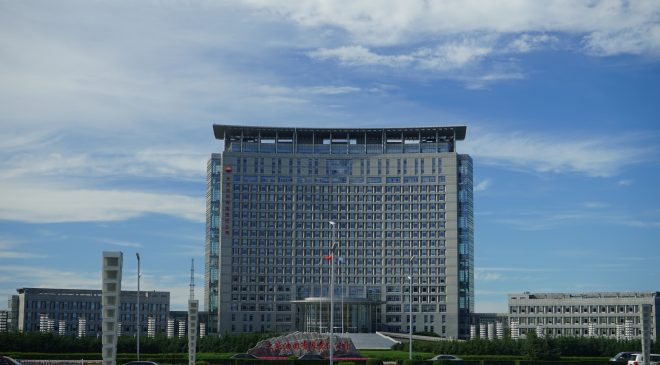
Huawei builds customised Cloud data for Daqing Oilfield.
At China-owned Daqing Oilfield, a 60-year-old oilfield situated in Heilongjiang — has faced enormous challenges in terms of reserve replacement, stable production pressure, cost reductions, and efficiency improvements.
Zhang Tiegang former deputy chief engineer of the exploration and development Research Institute at Daqing Oilfield explained that seismic exploration technologies to detect oil and gas reserves have been the method of choice for most oil companies.
“Increasing seismic exploration while decreasing well drilling has become a new measure widely used in the industry,” he said.
According to Zhang high precision and massive data processing have brought their own challenges to seismic exploration and oilfield exploration and development.
“With a single seismic exploration work area now expanded to over 2000 square kilometres, the volume of data collected through the broadband, wide-azimuth, and high-density seismic data collection technology has exceeded 1 TB per square kilometre,” he said.
To help Daqing Oilfield address these issues, the company turned to Huawei to build a dedicated oil and gas exploration Cloud.
Zhang said the Cloud data centre improves computing power and has improved restack seismic data processing capability by five times, from 400 square kilometres to 2000 square kilometres, matching work area requirements.
“AI and big data capabilities have been used to re-analyse 10 PB of the customer’s historical exploration data, to mine new value from it and support extraction decision-making, bringing huge additional value to the oilfield,” he said.
According to IDC’s latest survey, Chinese industrial users see Huawei as the digital transformation leader, ranking number one, said David Sun vice president of Huawei’s enterprise business group and director of the global energy business department.
Tags: Clouddata collectiondigital transformationHuaweioil field




